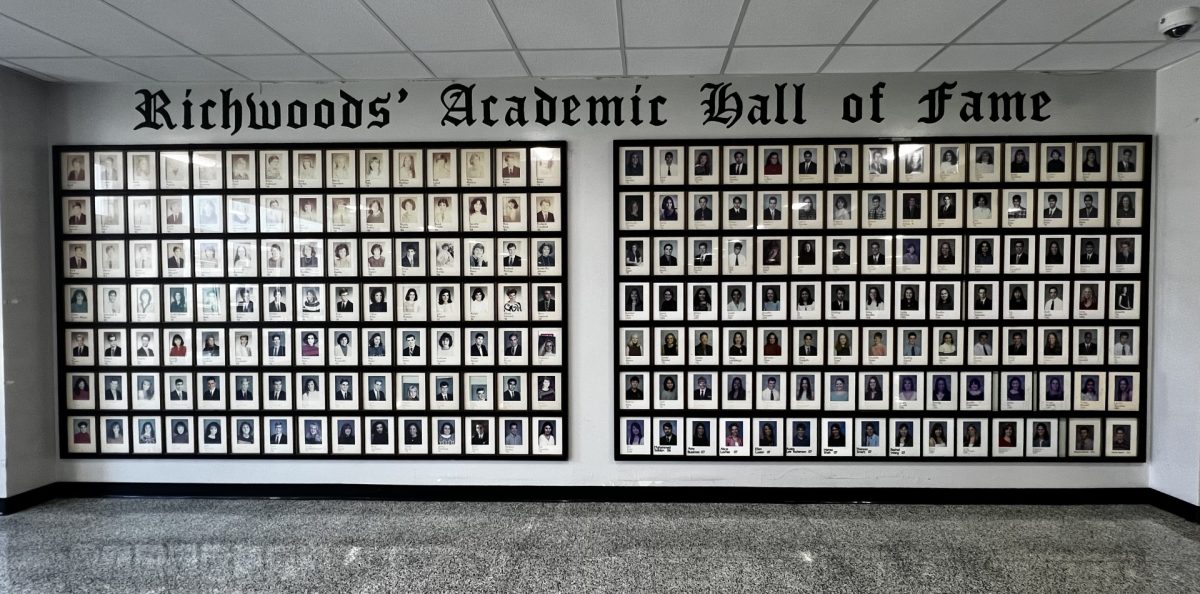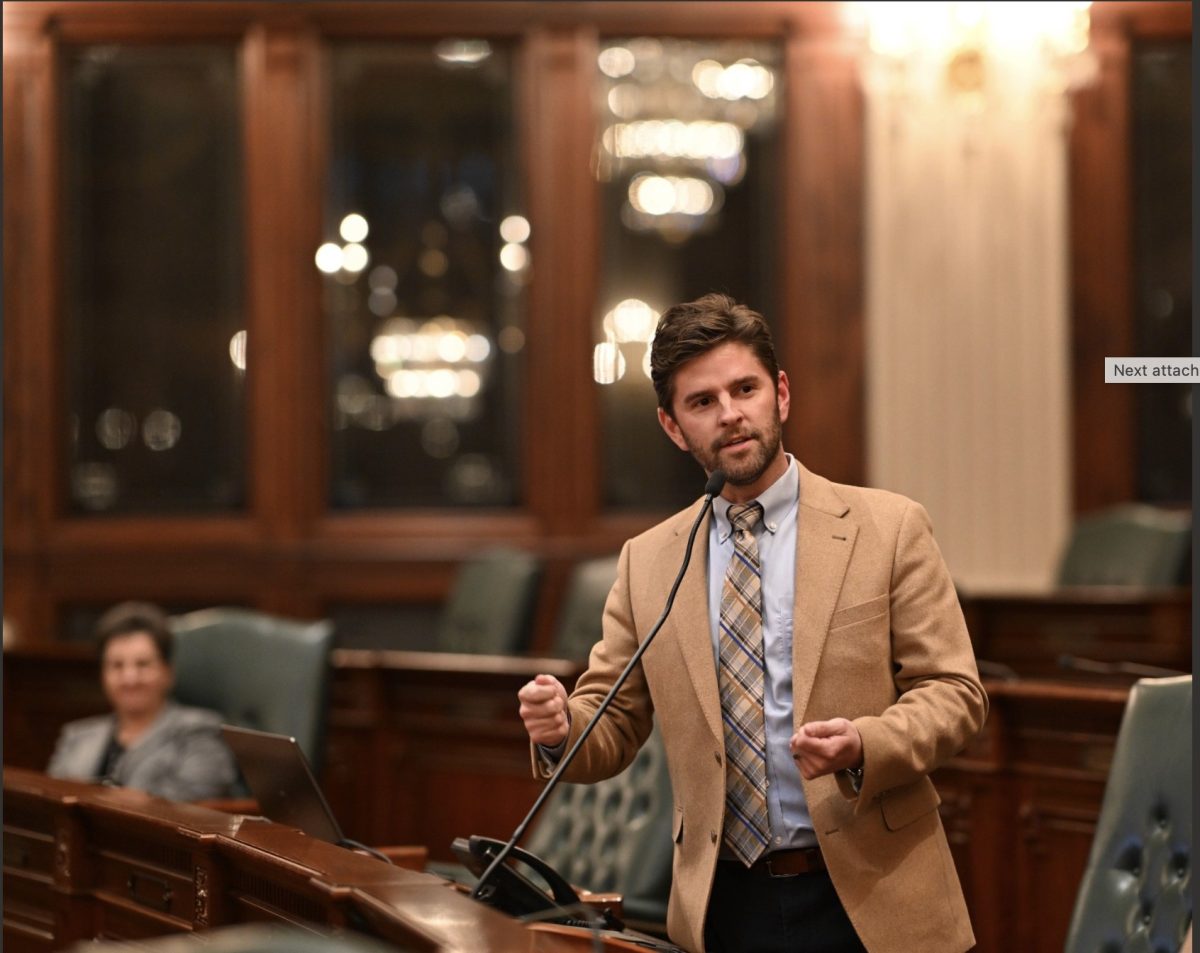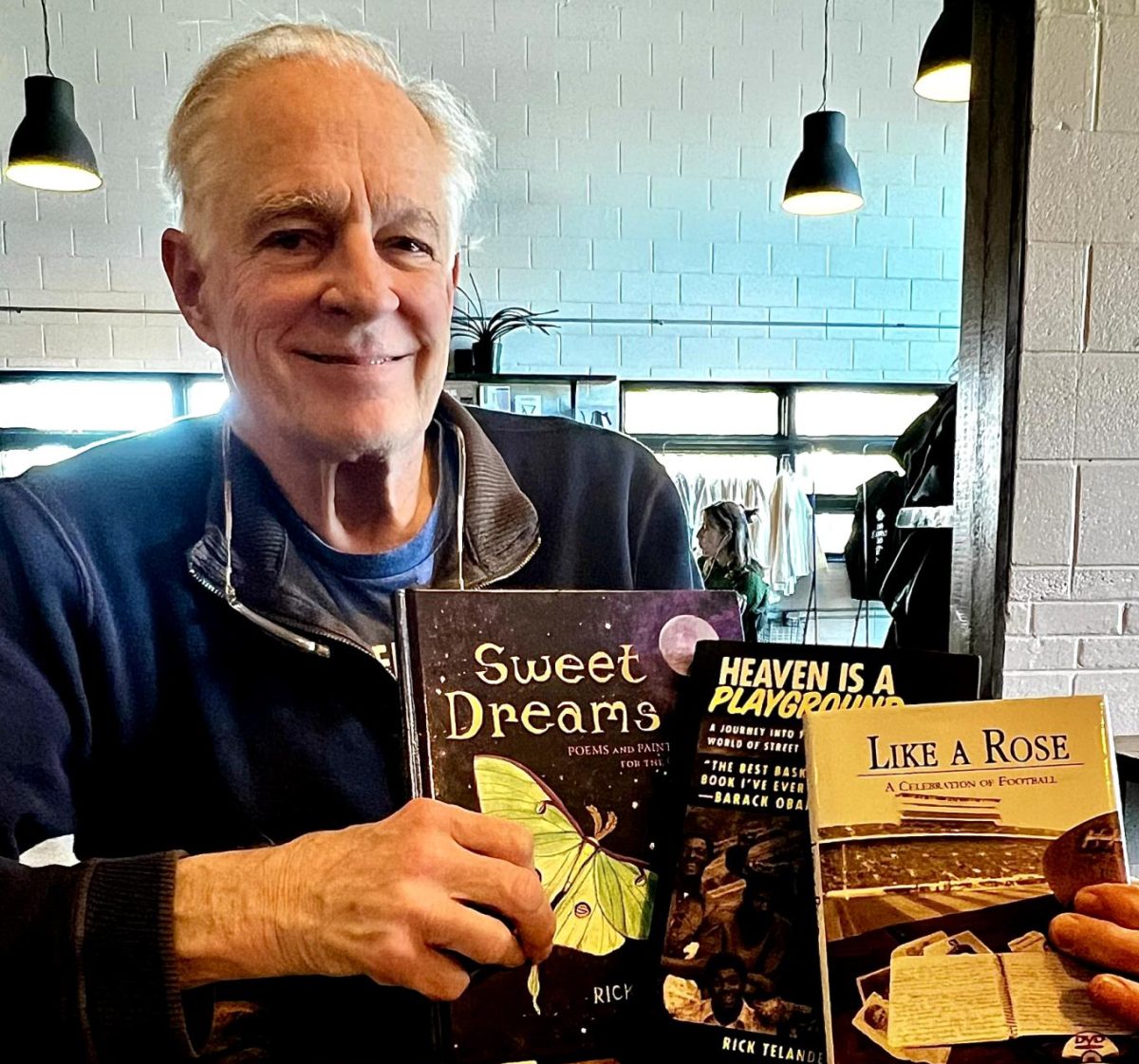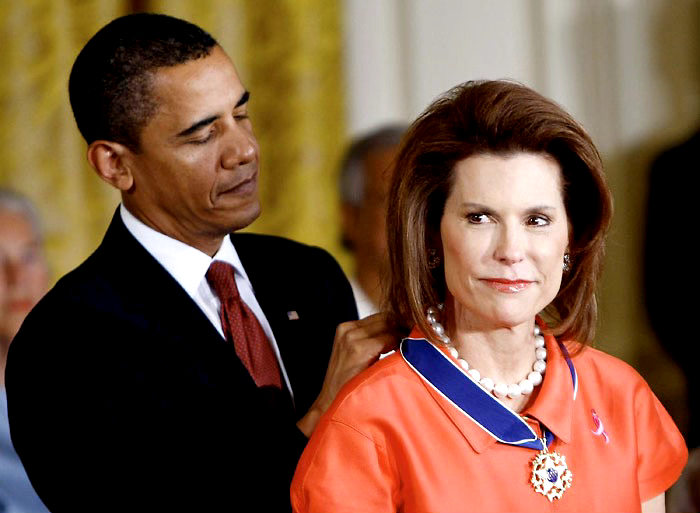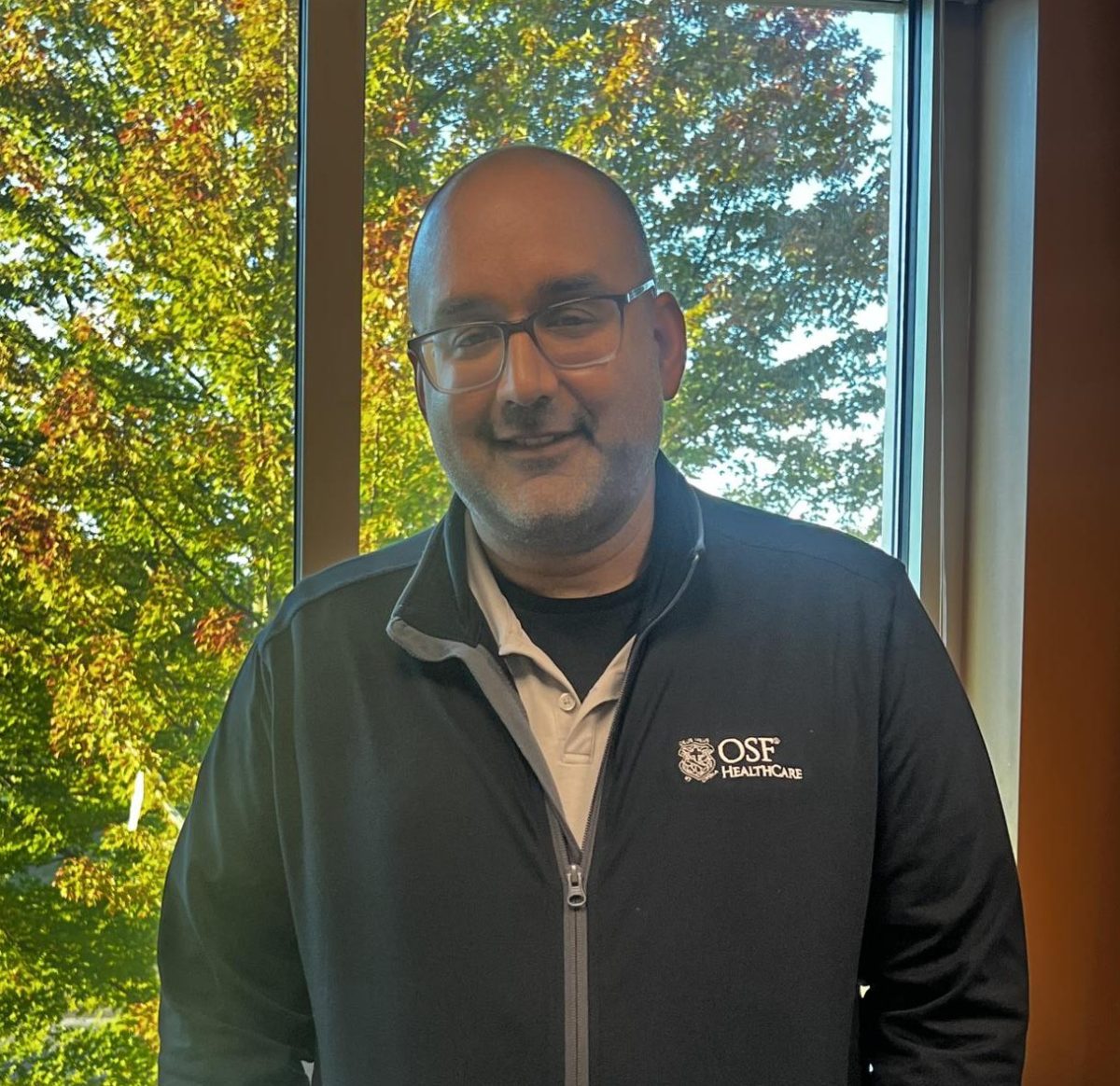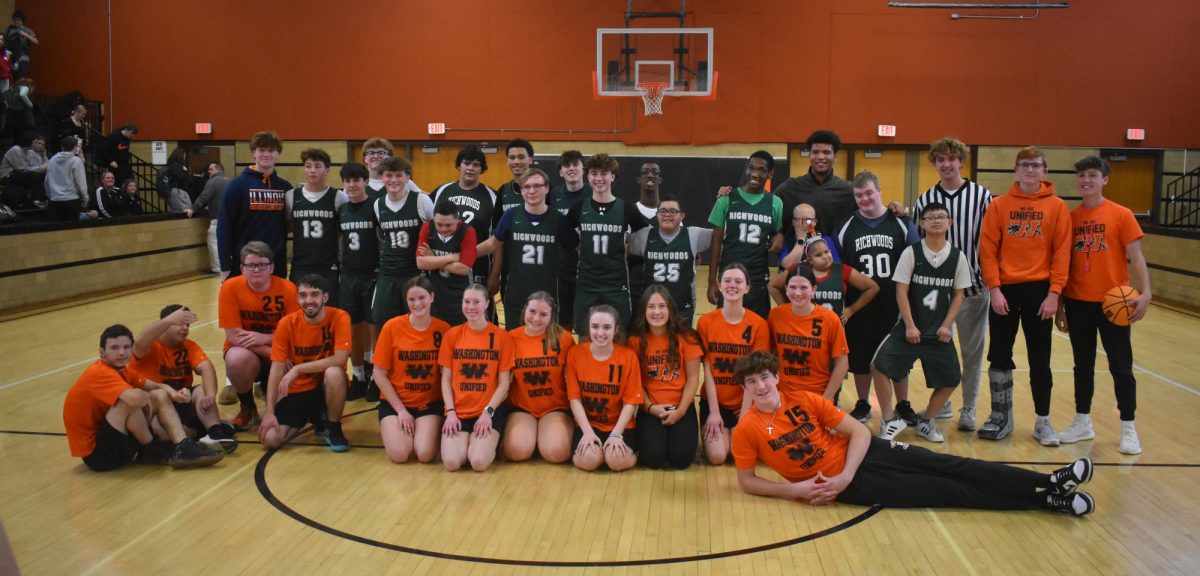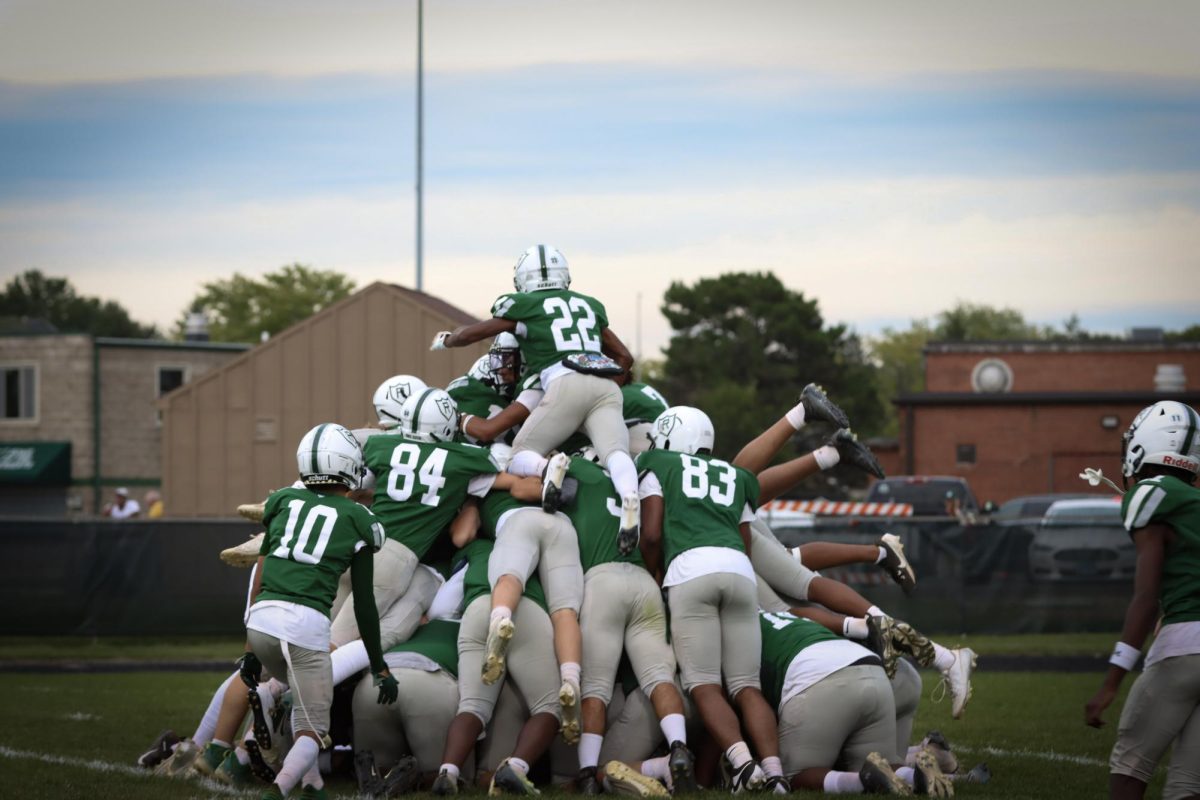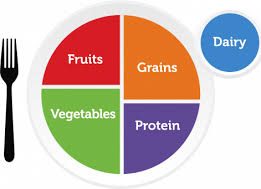If you’ve never complained about school lunch, you’ve never attended public school. From entering the long line to receiving your semi-frozen chicken sandwich and abnormally shaped fruit, you’ll find something protest about: “They ration out the food into small portions with burnt fries, yet still run out when it comes to later lunches,” says senior, Brenna Huff; “The nachos taste like neon cheese and plastic meat mushed together” notes sophomore, Eden Evans; “It’s too dry, and the juice is always frozen” adds junior, Ponsai Sophanavong.
And the students are valid in their concerns. School lunch leaves much to be desired- but it’s not Richwoods’ fault. All Richwoods students are entitled to a free lunch, paid for by District 150. This is an uncommon practice compared to most Illinois schools, which only provide free lunches for students with fee waivers.
Most schools that offer free lunches subsidize around $4 per meal, which goes towards everything from equipment costs to staff salaries. All told, this leaves about $1.25 for the food itself. On top of that small spending amount, Richwoods is only reimbursed for students’ meals. So, the cafeteria is pushed into a corner of having to make appealing meals that cost very little. A sophomore, Ameerah Leverett, said, “If it [school lunch] is deemed good, then I’ll eat it, but if it’s not, I guess I’m not eating for the day.” That is why we are served heated-up frozen meals that the cafeteria can guarantee we’ll take instead of something from scratch that’s more expensive and we might not want. It’s all about the money.
When getting lunch, most high schoolers opt for a chicken sandwich or pizza slice over a fruit or salad; this is another issue. In 2010, First Lady Michelle Obama raised the nutrition requirements for school lunches with the Healthy, Hunger-Free Kids Act. This required schools to serve all five food groups, two of which the students could decline. Students must get an item from at least three groups, one of which must be a fruit or a vegetable. If the student doesn’t follow these regulations in their meal selection, the school is not reimbursed for the lunch. That is why you’ve likely been charged at least once by the cafeteria. You have to take a fruit or vegetable to get a free lunch.
Even if all nutrition and prep standards are met, one critical issue at most schools remains: free lunches aren’t reaching the kids who need them. Richwoods doesn’t have this problem since all kids receive a free lunch, but lunches are only accessible to students with fee waivers at schools like Dunlap High School. To get a free lunch at schools without a “free lunch for all policy,” students must fill out eligibility paperwork. This alone can prohibit students from getting a free lunch due to social stigma and language barriers. On top of that, the threshold is so low that it excludes many who need it from the policy. In 2019, nearly 30 million students were eligible for a free lunch, but only 22 million received them. Children shouldn’t be concerned with the financial burdens of eating a sandwich and an apple for lunch.
These eligibility standards didn’t always exist. Just two years ago, in 2022, the Universal Free Meals Act expired. Created in 2020, this initiative subsidized federal funds for all students, no matter their family’s financial state, to get a free lunch every day. With this program, 1.4 million more students participated in school lunches since it removed the social stigma of getting a free lunch. 95% of school districts reported reduced child hunger, and 82% reported it supported academic achievement. Free lunches led to better grades. Once this policy expired in June of 2022, only eight states chose to keep free lunches as a state law. Here in Illinois, it is up to the district whether or not they provide free lunch.
Next time you complain about school lunch, remember that Richwoods only had a dollar and twenty-five cents to work with. So yes, “the condiments are a hassle” and “the fries are always burnt,” but, as sophomore Erin Mitchell said, “they’re creative with what they’re given.”


